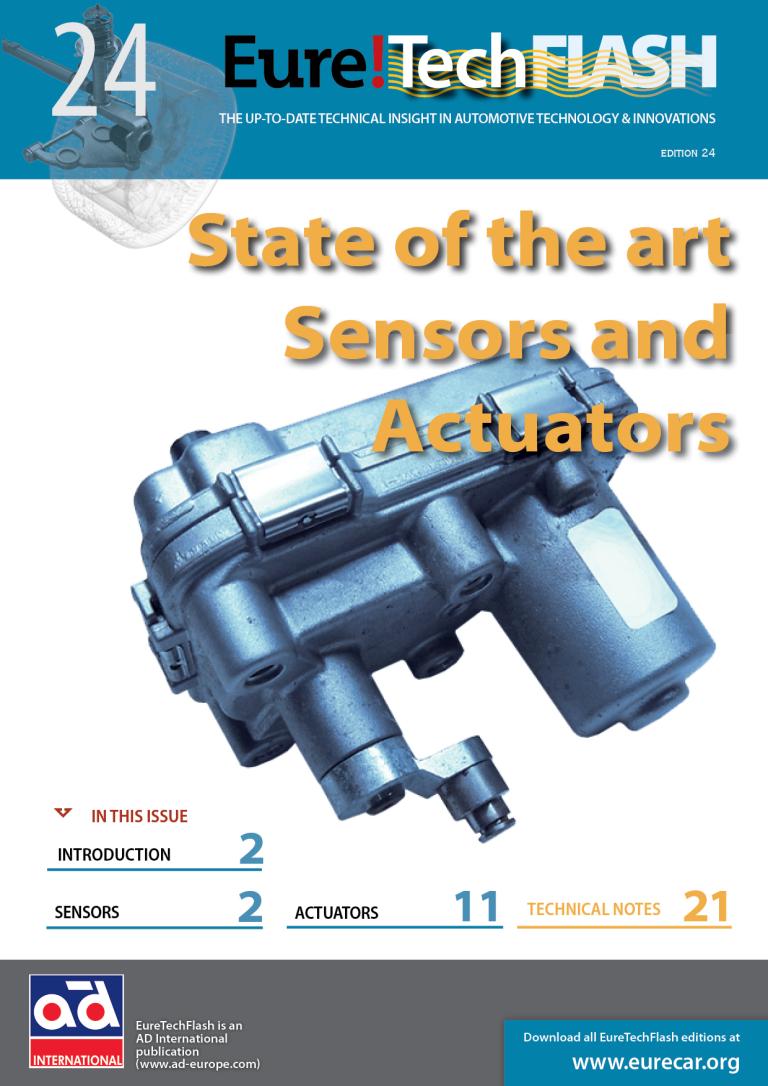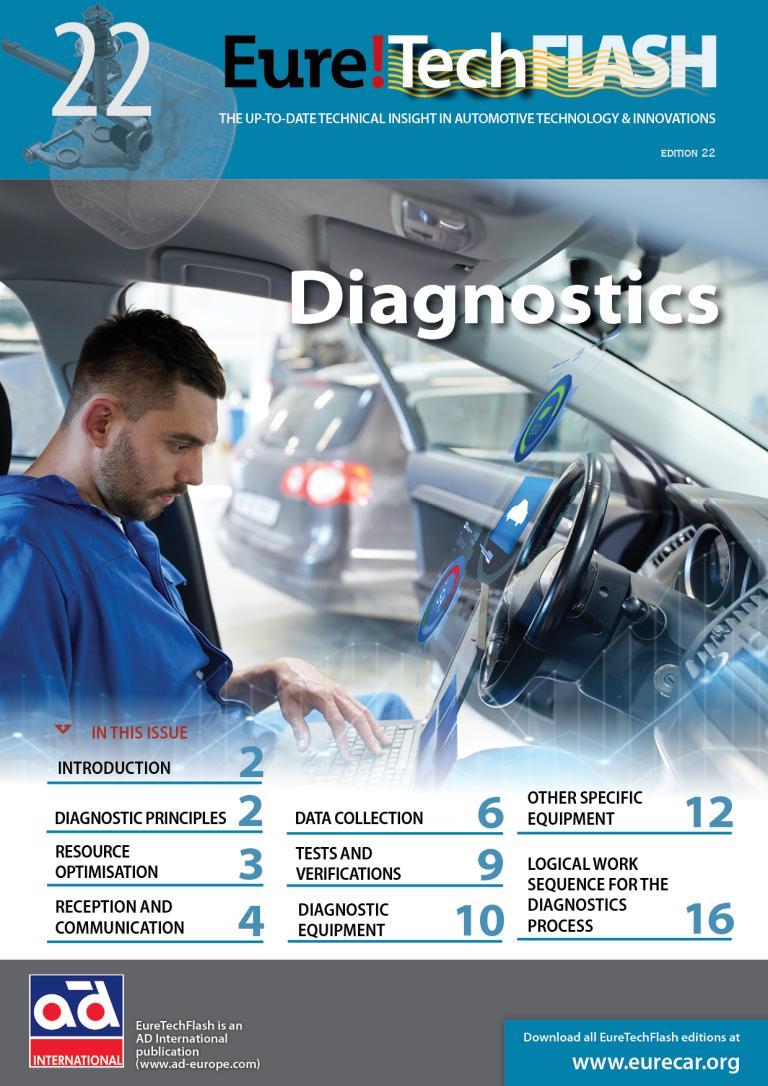State of the art Sensors and Actuators
21.11.2025
The automotive industry undergoes constant technological development in order to produce more comfortable and higher performance vehicles, which are safer and more environmentally friendly at the same time. A large part of this evolution is achieved with incorporated electronics that improve the operation of traditionally mechanical systems and elements.
The interaction between the mechanical systems and the electronics is possible thanks to sensors, which are in charge of transforming all types of physical variables into electrical magnitudes, and actuators, which transform electrical magnitudes into physical work.
Electronic ignition and fuel injection systems were the first electronically controlled systems that were incorporated in automobiles in general. The work of both depends to a great extent on physical parameters that constantly vary (temperature, pressure, rpm, etc.), which have a direct influence on the operation and performance of the engine.
The traditional mechanical control systems are comparatively slow and not highly accurate, which results in variable, and sometimes ineffective, operation of the engine. The electronic control of the same functions increases both the speed of response and accuracy, and it also allows the construction of the mechanical elements to be simplified for greater reliability of the whole.
Furthermore, it reduces the need for joint work and interaction between purely mechanical components, which can be detrimental since the failure of one component can lead to others malfunctioning. Added to the above is the wear of certain mechanical components, which means that periodic adjustments must be made to maintain operation within acceptable limits.
In many cases, the use of electronic systems prevents the need for periodic adjustments, as they compensate for wear by means of continuous measuring and correction loops that compensate for wear and maladjustment throughout the useful life of the vehicles.
These systems also offer the intrinsic flexibility of the software, the programming of which allows the same control system to be applied in different vehicles, engines, etc. At more advanced levels, the logic functions and the self-diagnostic software report on possible component defects or poor performance of certain functions, and can even adapt in order to continue operating in an acceptable form until the fault is repaired.
Download file




